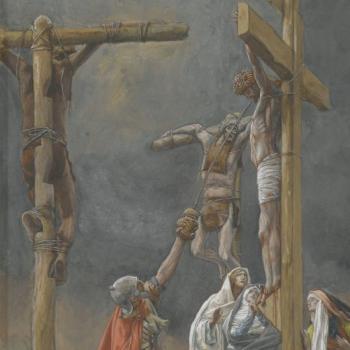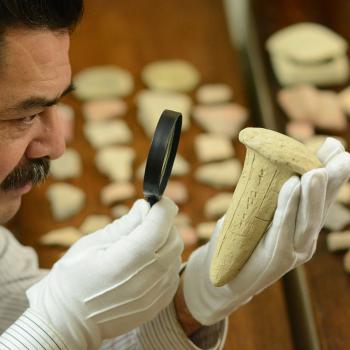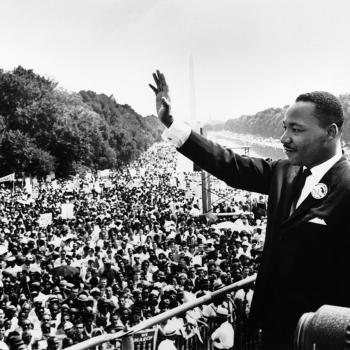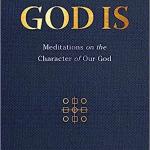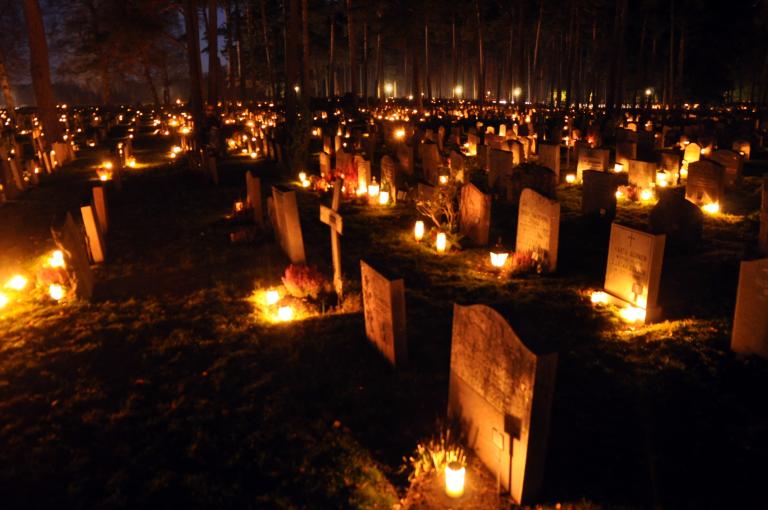
What is the connection between people here on earth and those in the afterlife? People across the world, whether they be adherents of a particular religion or not, often wonder about this question. On October 31st through November 2nd, many people give greater attention to this theme due to Halloween (October 31st), All Saints’ Day (November 1st), and All Souls’ Day (November 2nd). I will return to the latter two days shortly.
As I noted above, people across the world ponder the connection between people here on earth and those in the afterlife. In Japan, where I once lived, families welcome back the spirits of their ancestors during Obon or Bon in mid-August of every year (Refer here to an article I have written on this subject titled “Grateful for the Dead”). The Romans celebrated the “Feast of the Lamures” or “Lemuria,” which, I believe, originally occurred on May 9th, 11th, and 13th.
The Roman Catholic Church originally celebrated All Saints Day on May 13th, but then later moved it to November 1st. According to one Catholic source, “The choice of the day may have been intended to co-opt the pagan holiday ‘Feast of the Lamures,’ a day which pagans used to placate the restless spirits of the dead.” The following day, November 2nd, the Roman Catholic Church, celebrates All Souls’ Day. According to the same source, “All Saints’ Day is a solemn holy day of the Catholic Church celebrated annually on November 1. The day is dedicated to the saints of the Church, that is, all those who have attained heaven. It should not be confused with All Souls’ Day, which is observed on November 2, and is dedicated to those who have died and not yet reached heaven.” Another source reads, “Christian celebration of All Saints’ Day and All Souls’ Day stems from a belief that there is a powerful spiritual bond between those in heaven (the ‘Church triumphant’), and the living (the ‘Church militant’).”
Christian churches do not universally celebrate these two days (Refer to the Catholic source above for All Saints’ Day; refer here for a discussion on All Souls’ Day). Certainly, the controversy surrounding indulgences stemming from Martin Luther’s 95 Theses and Reformation Day had an impact. Many Protestant denominations do not commemorate All Souls’ Day. Generally, Protestants have rejected the teaching of Purgatory, which is often associated with All Souls’ Day (For Martin Luther’s evolving notion of Purgatory, refer here). It is worth noting that Protestant leader John Wesley cherished All Saints’ Day, and his brother wrote worship music resonating with the idea that the church is made up not only of the living, but also departed saints.
What is the connection between the living and the dead? Christian Scripture (at least the Protestant Canon) is not completely clear (for more on this subject, see for example the article on Purgatory noted above in which consideration is given to 2 Maccabees 12:46 [Douay-Rheims 1899 American Edition (DRA)]; Maccabees is included in the Roman Catholic Church’s canon: “It is therefore a holy and wholesome thought to pray for the dead, that they may be loosed from sins”). 1 Samuel 28 records the witch of Endor summoning Samuel’s spirit from the dead to speak with Saul. Matthew 17 records the transfiguration of Jesus, where the disciples witness the Lord speaking with Moses and Elijah. Luke 16 records the supposed parable of the rich man and Lazarus, where the rich man exhorts Abraham to send back the beggar Lazarus to warn his brothers of the judgment of God, suggesting his awareness or concern for living loved ones’ eternal destiny. Still another text, Revelation 7, records martyred saints calling on God to judge those on earth who persecuted and killed them (Revelation 6). At least in these texts, there is no mention of saints on earth praying for the dead. The same goes for David in 2 Samuel 12, when David’s infant son dies. David fasts and prays (verse 16) before his son’s death for his recovery, but not immediately following his death. After his son’s passing, David says, “While the child was still alive, I fasted and wept, for I said, ‘Who knows whether the Lord will be gracious to me, that the child may live?’ But now he is dead. Why should I fast? Can I bring him back again? I shall go to him, but he will not return to me’” (2 Samuel 12:22-23; ESV; refer here and here for articles on 1 Corinthians 15:29 and baptisms for the dead).
The preceding discussion is not intended to address the subject of Purgatory, but more broadly, the relation of the living to those in the afterlife. One of my favorite texts in this regard is Hebrews 12:1-2: “Therefore, since we are surrounded by so great a cloud of witnesses, let us also lay aside every weight, and sin which clings so closely, and let us run with endurance the race that is set before us, looking to Jesus, the founder and perfecter of our faith, who for the joy that was set before him endured the cross, despising the shame, and is seated at the right hand of the throne of God” (ESV). Regardless of where we stand on the subject of the great cloud of witnesses (Are they departed saints or martyred saints—whether conscious or unconscious, and/or angels?), all Christians can take joy in knowing that we have not run the race alone. Others have gone before us who have run the race well, even in the face of great adversity, persecution, and martyrdom.
Misery loves company, but even in misery, there is joy, especially as we look to Jesus, who is the joyous founder and perfecter of our faith. The Lord Jesus himself endured the cross and despised its shame for the joy set before him (Hebrews 12:1-2). The risen and ascended Lord Jesus is certainly conscious of his followers here below, and of all people. In fact, we ourselves are already seated with him in the heavens, as Paul claims in Colossians 3:1-4. Even Stephen envisions the ascended Jesus as Stephen is martyred and cries out to the Lord to receive his spirit as well as begs Jesus not to hold the sins of those killing him against them (See Acts 7:54-60).
Where does this leave us? One does not have to be Roman Catholic to take seriously the saints in heaven or consider soberly the lives of all souls who have preceded us into the next life. The Bible instructs us that every person lives and dies only once, and after that face judgment (Hebrews 9:27). With this point in mind, and mindful of our Lord Jesus’ example, let us look to the Lord Jesus and consider the godly example of saints of old like Stephen. Let us run joyfully our race here below on sacred as well as secular days all the way to the finish line when we see Jesus face to face.







